By Daisy Jing
Microneedling is popular for getting rid of acne scars and making your skin look smoother and more even toned. But with all the talk online, it's easy to get confused! We've heard some crazy stories about it, so we're here to tell you the real truth.
This guide will clear up the biggest misconceptions people have about microneedling so you can feel safe and confident when you try it at home. Let's get started!
Is Microneedling at Home Dangerous?
THE TRUTH: It's Safe if You Follow the Rules.
Some people say you should only do this at a doctor's office, but that's not true! At-home microneedling is safe as long as you use clean tools and follow the right steps.
The key is to be smart and thorough about it. You need to:
- Use a Good Tool: Don't buy cheap tools from a random website. Banish uses the same high-quality makers that doctors use. Some tools have more steps or can go too deep which can increase user error, stick with a stamping tool and avoid going deeper than 0.5mm at home.
- Keep it Clean: Always clean your tool before and after you use it.
- Don't Share: Don't risk spreading bacteria.
- Replace the Heads: The needles get dull! Change the head after about 4 full-face uses.
MYTH #2: You Need Long Needles to Get Results.
THE TRUTH: Longer Needles Just Cause More Pain, Not Better Skin.
It sounds like a bigger needle would do a better job, right? Wrong! Research shows that your skin makes the most new collagen when the needle depth is between **0.5mm to 0.6mm** [2].
Why? Because your face skin is actually very thin—less than 1mm thick! If you go deeper, you hit the wrong layers, which can cause more harm and a longer recovery time without any extra benefit. We want to reach the "magic layer" (the dermis) where the skin rebuilds itself, and 0.5mm is the perfect depth for that.
Are Microneedling Tools All The Same?
THE TRUTH: The Tool You Use Matters a LOT!
There are three main types of tools, and they are NOT the same:
- Derma Rollers: These roll over your skin and can drag the needles, which might cause little "tram track" scars.
- Dr. Pen Devices: These often have thicker needles and the motor pushes the needles up and down out of the device. If used too aggressively that can also cause small scars, especially if your skin is prone to scarring. It can also be quite painful to use.
- Stampers (Like the Banisher 3.0): This is the best choice for home use. It presses very thin needles straight down and straight up and you press it down manually so you have the most control. This means no dragging on the skin, less trauma, and a much safer way to boost collagen.
Doctors recommend tools that stamp straight down with the thinnest needle gauge possible to help your skin heal without causing a real wound. That's why the Banisher 3.0 is designed the way it is. You can see a full comparison on our What's the Best Microneedling Device? page.
Can You Use Vitamin C After Microneedling?
THE TRUTH: Vitamin C is can be used after microneedling!
This is one of the wildest myths! Vitamin C (the L-ascorbic acid kind) is one of the most powerful ingredients you can use right after microneedling. Why?
- It helps your skin make even more collagen.
- It helps fix sun damage and dark spots.
- It makes your skin look brighter and more even.
The confusion came from an old study where a person had a bad reaction, but it was likely from a bad ingredient in the serum, not the Vitamin C itself [3]. When you use a fresh, clean Vitamin C serum that is made for this purpose (like the Banish Vitamin C Serum), you are giving your skin the best building blocks it needs to heal and look amazing.
Pro Tip: If your Vitamin C serum is orange when you get it, it's already old and won't work as well! Banish makes theirs fresh and clear. Learn more about the right products to use in our Microneedling Aftercare Guide.
Is Microneedling is Only for Acne Scars?
THE TRUTH: It's a Super-Tool for Almost All Skin Problems.
While microneedling is famous for helping with acne scars, it's also amazing for:
- Fine Lines and Wrinkles: It makes your skin firmer and smoother.
- Large Pores: It helps shrink the look of big pores.
- Dark Spots: It helps fade sun spots and other dark marks.
It's a great way to get your skin to rebuild itself, which helps with many different issues at once!
MYTH: You Will See Results Overnight.
THE TRUTH: Good Things Take Time and Patience.
You will see a nice glow the next day, but the real magic takes a few months. Remember, you are asking your skin to build new collagen, and that takes time!
Most people start seeing big changes around 3 months of regular use. The most important thing is to be consistent and follow the safety rules. Don't give up!
Ready to Start Microneedling Safely? Shop the Banish Kit 3.0 Now!
2.Martin, E. D., & Huang, W. W. (2021). Resolution of microneedling-associated granulomatous dermatitis. JAAD Case Reports. Link
3.Setterfield, L. (2018). The concise guide to dermal needling (3rd ed., Revised & Expanded). Primal Institute Publishing.
4.Liebl, H., & Kloth, L. C. (2012). Skin cell proliferation stimulated by microneedles. Journal of the American College of Clinical Wound Specialists, 4(1), 2–6. https://doi.org/10.1016/j.jcws.2013.01.001
5.Cohen, B. E., & Elbuluk, N. (2016). Microneedling in skin of color: A review of uses and efficacy. Journal of the American Academy of Dermatology. Link

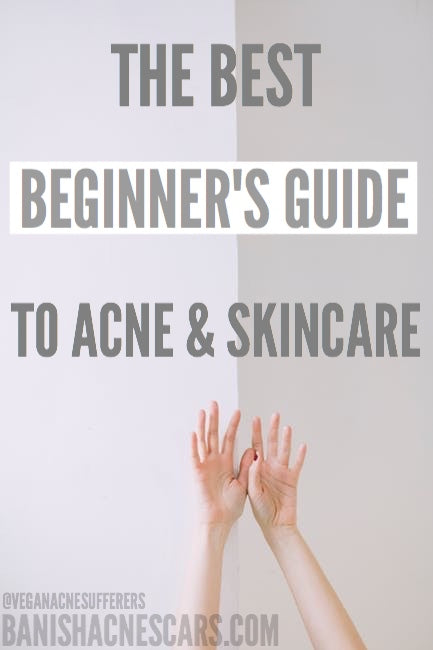
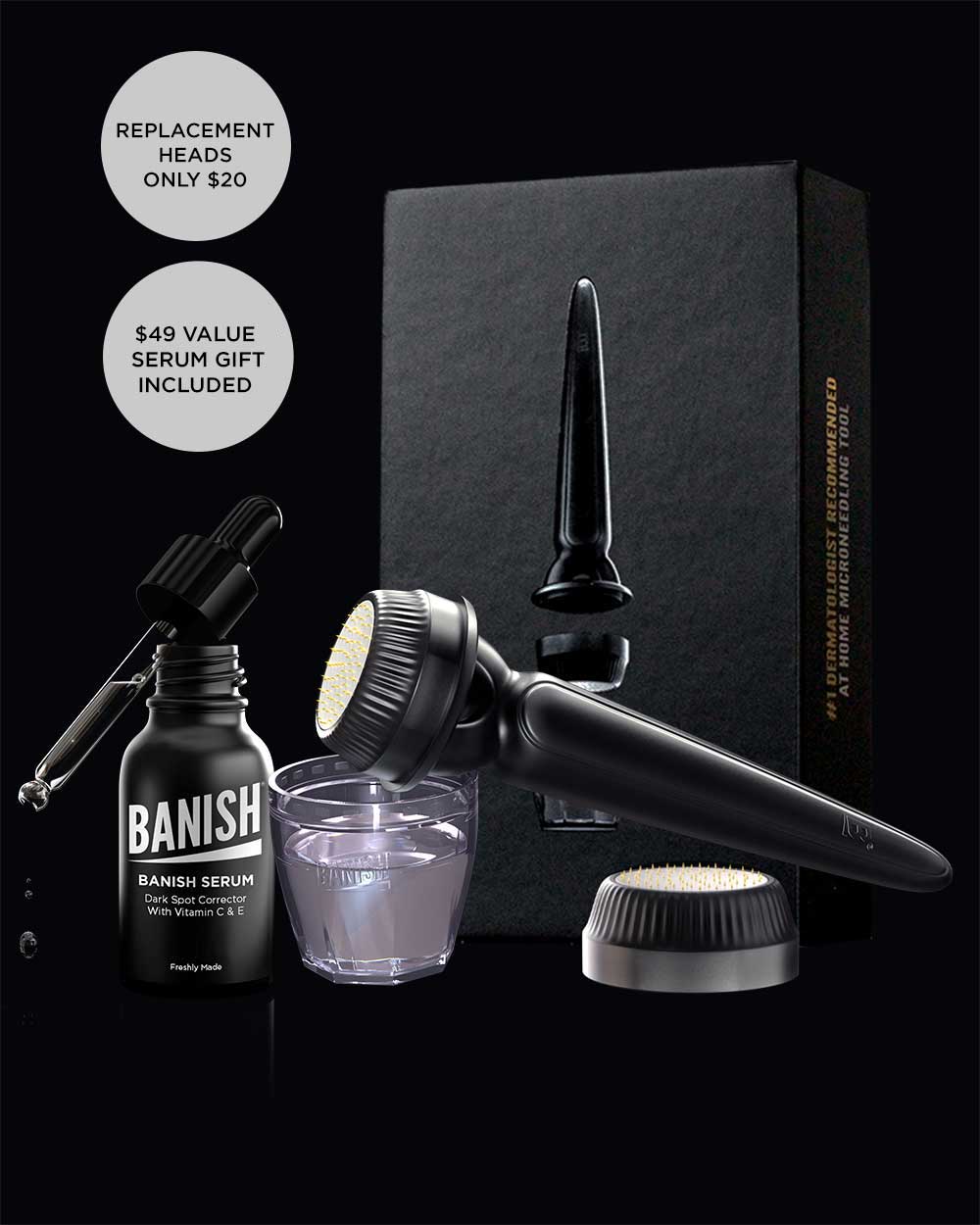
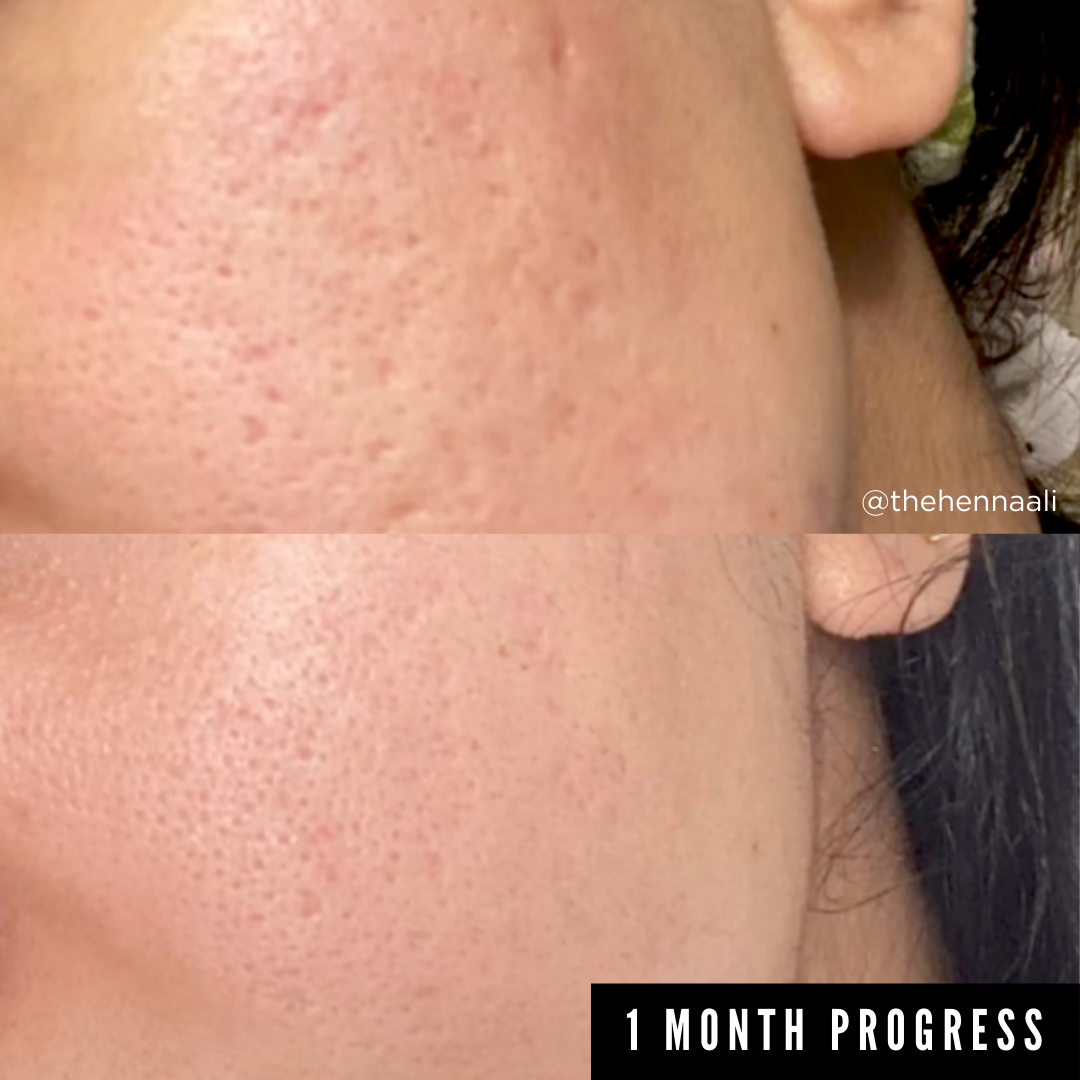
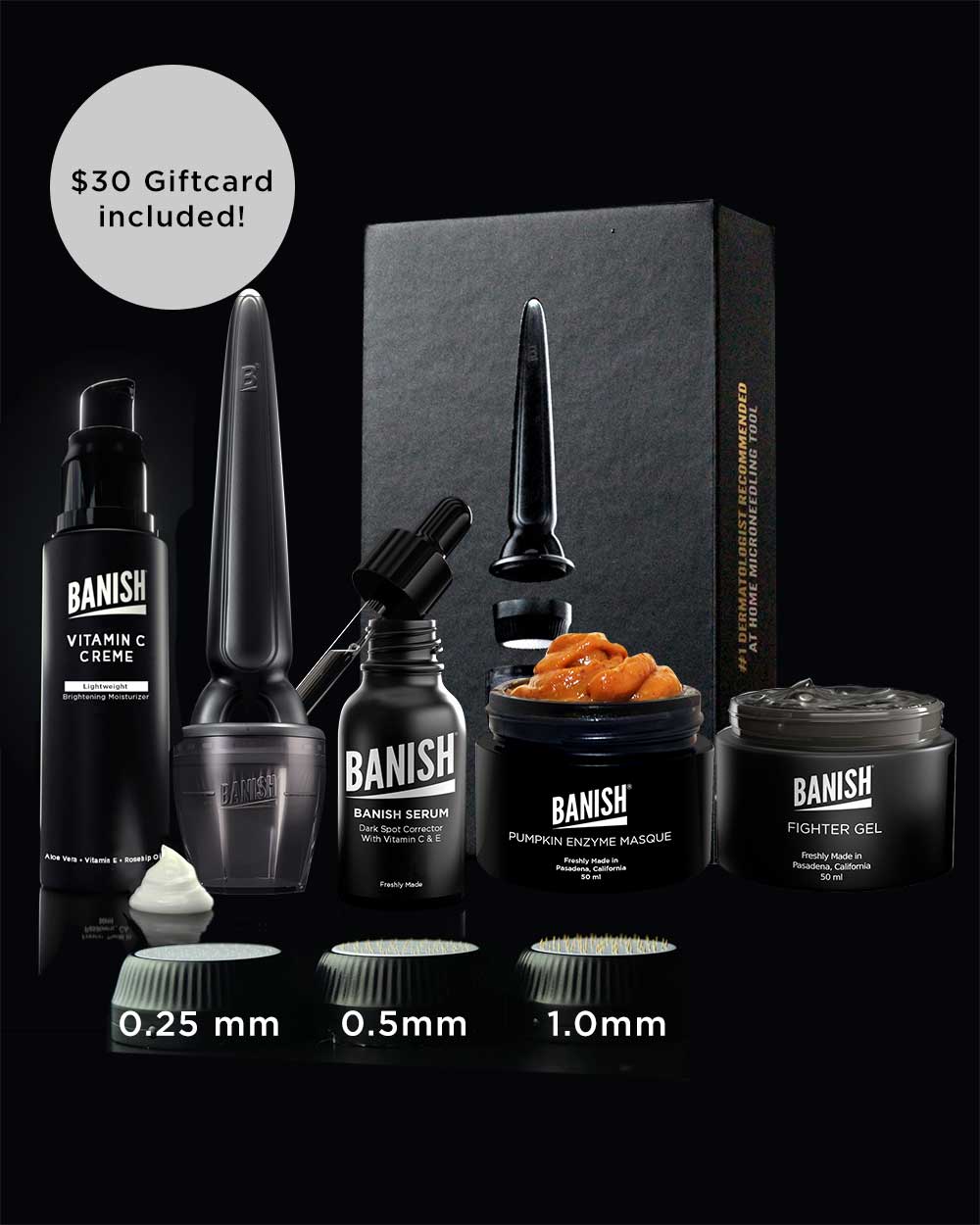
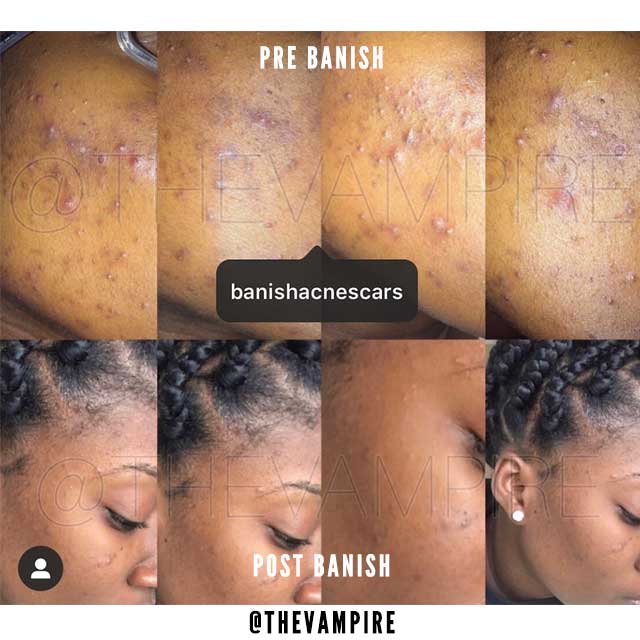

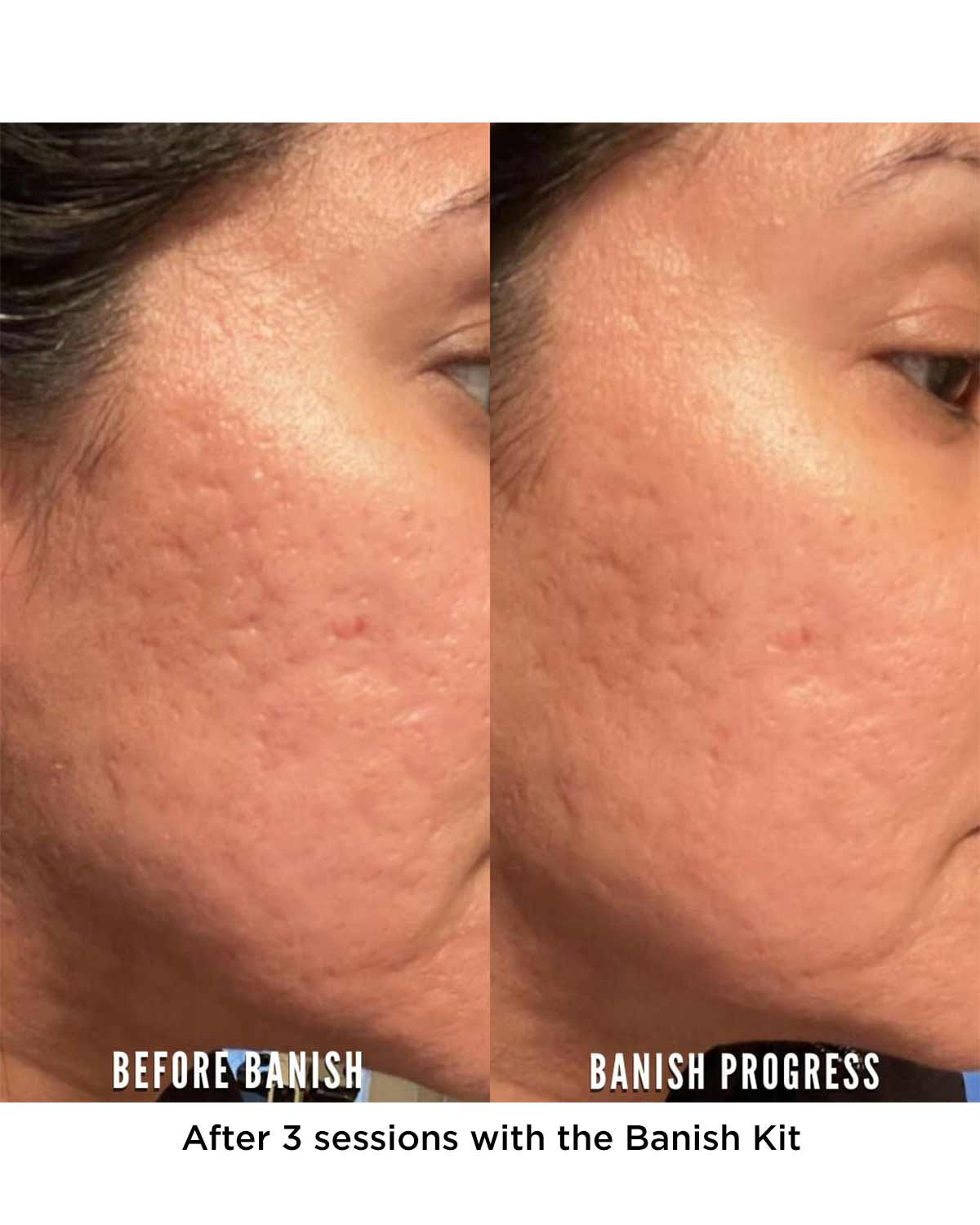
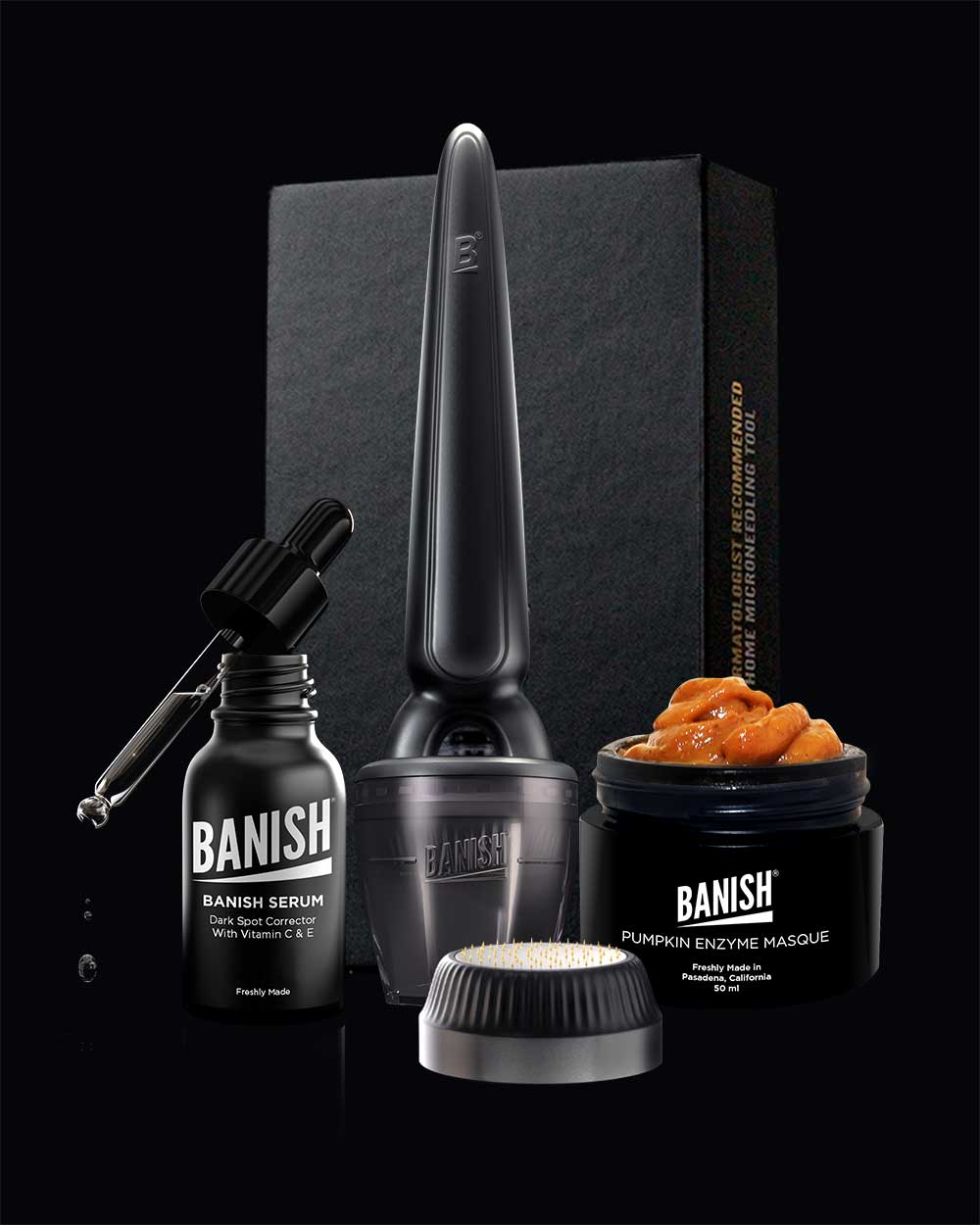

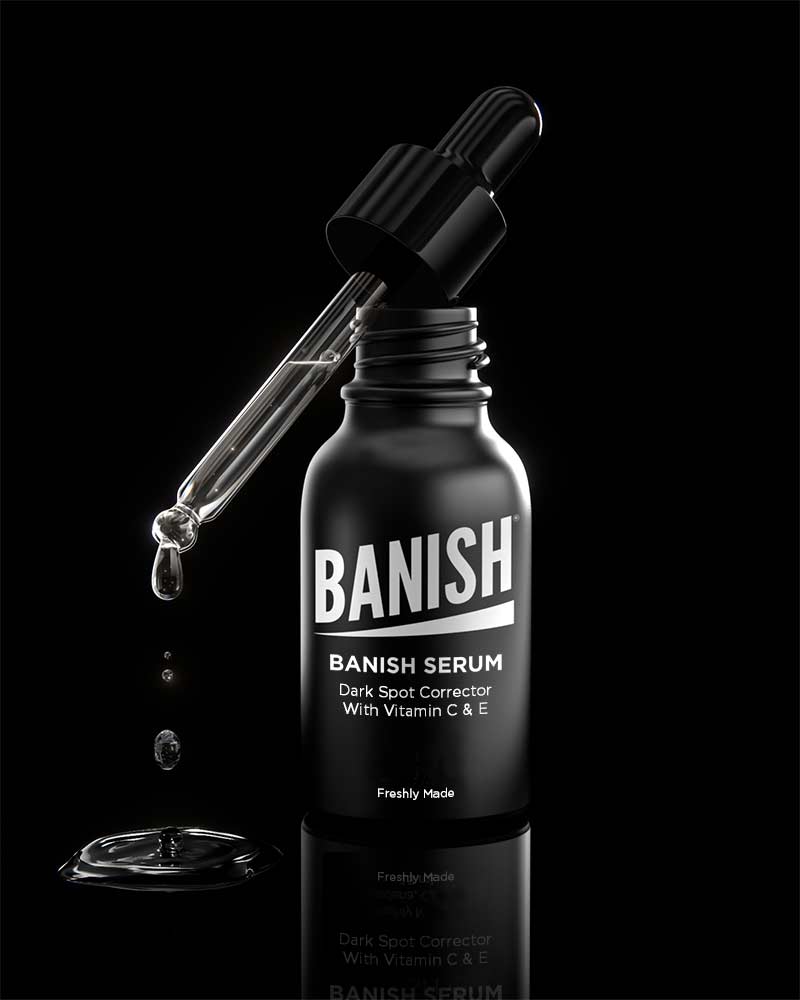
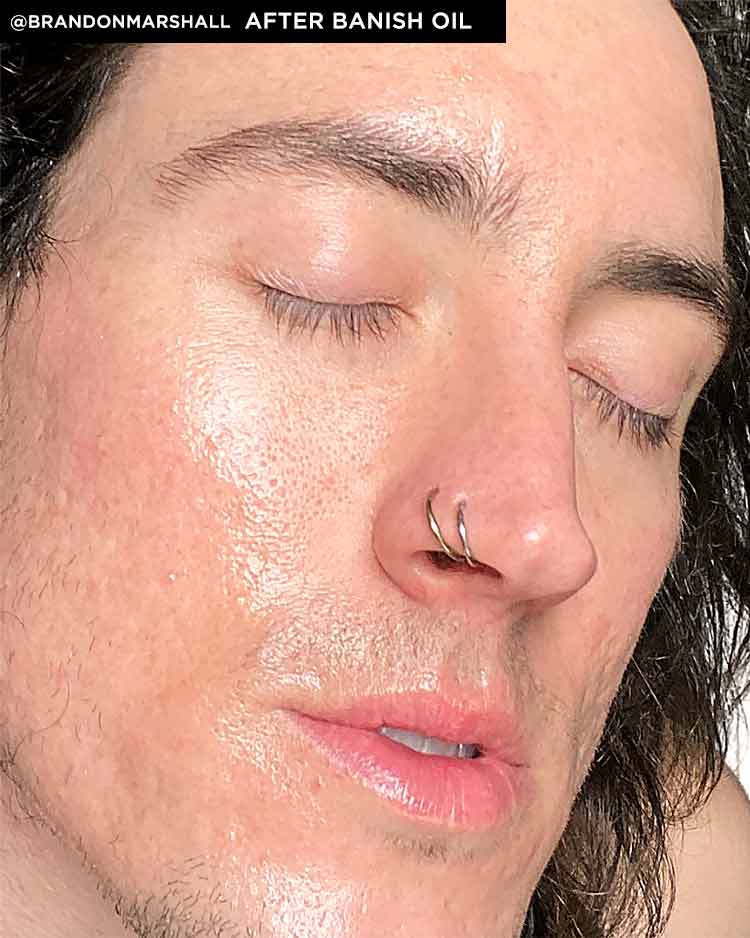
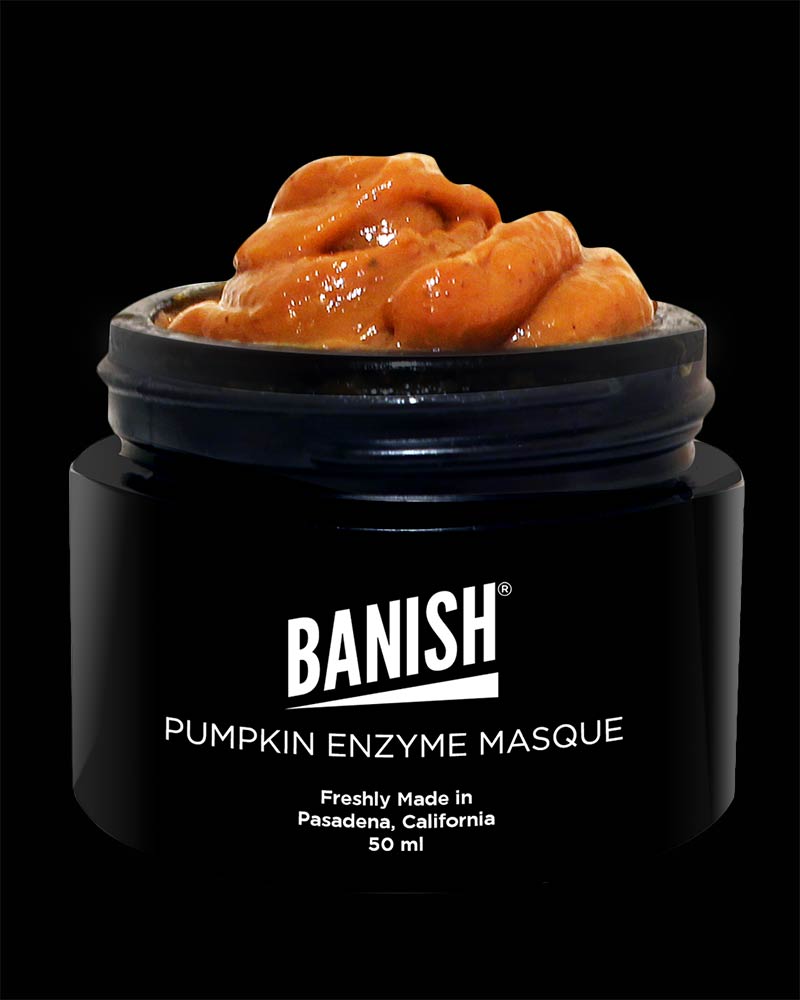
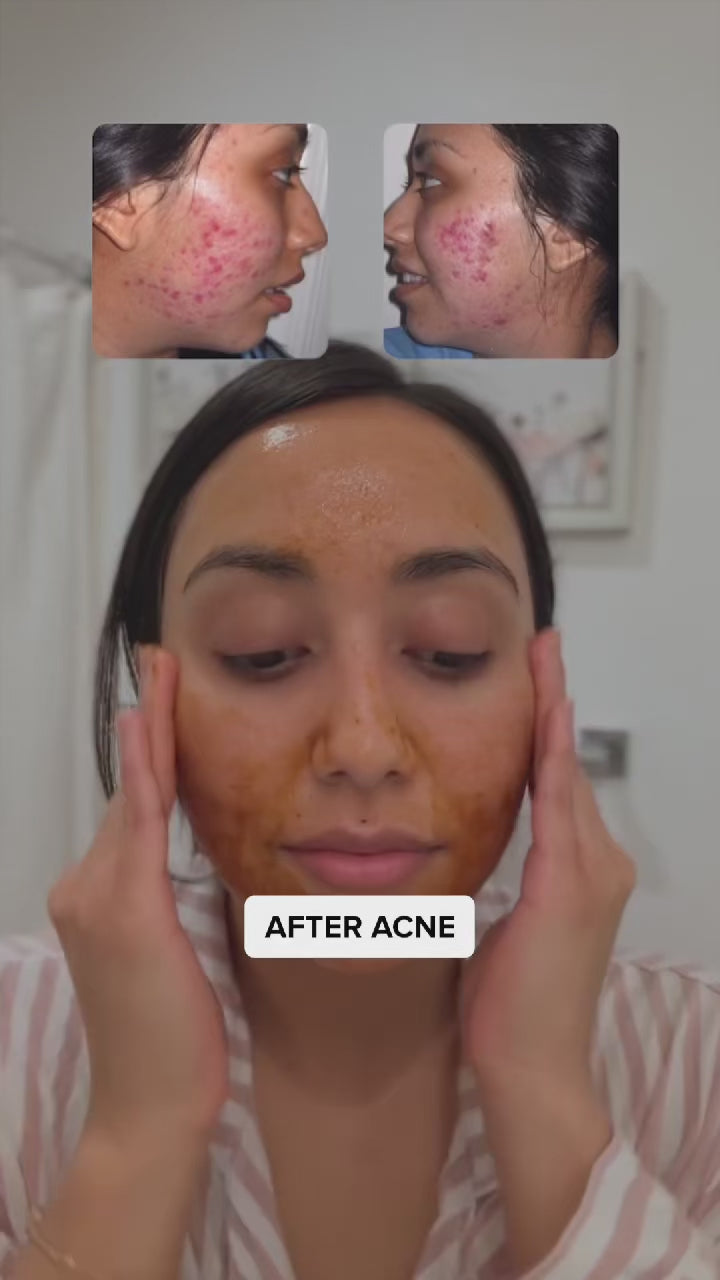





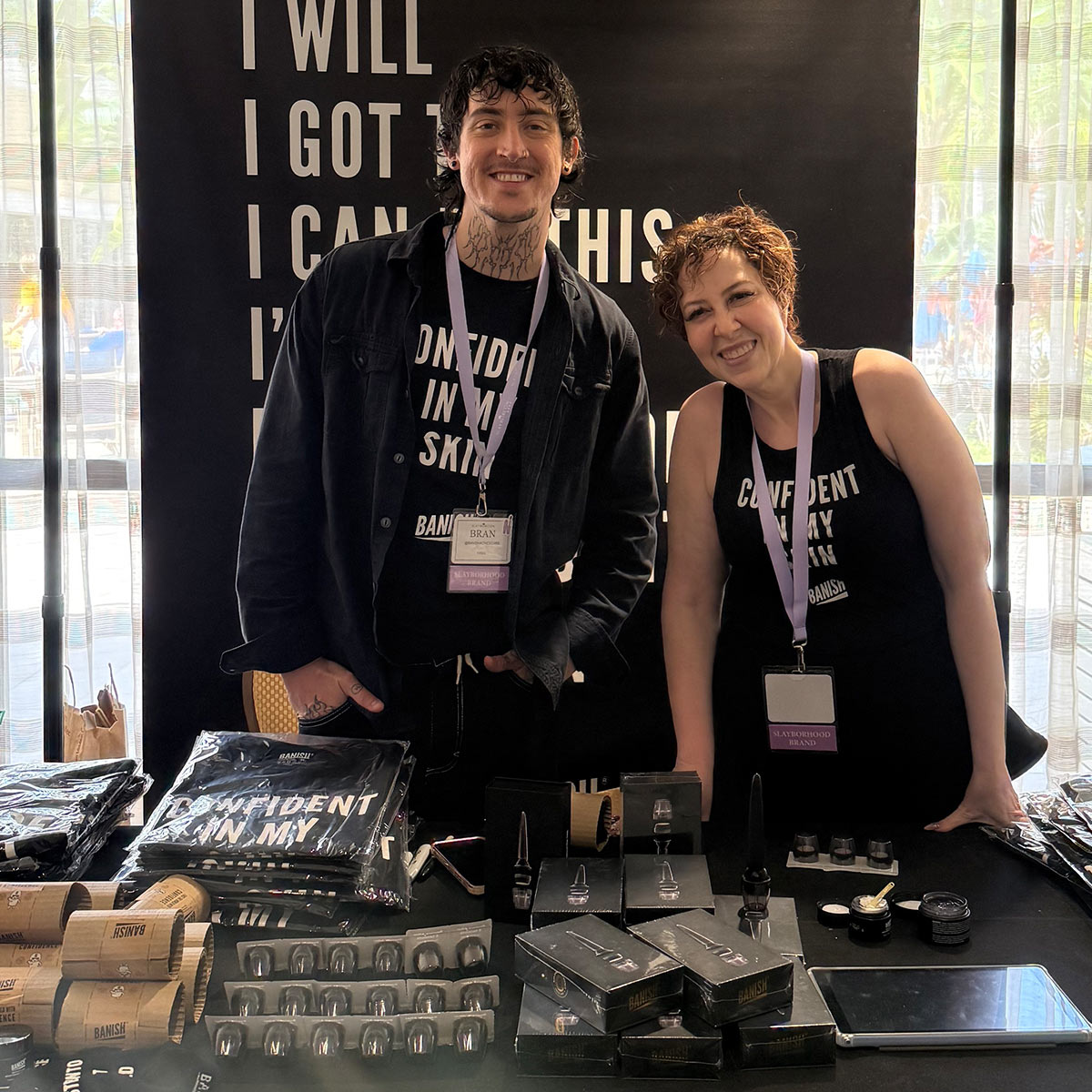




Leave a comment
All comments are moderated before being published.
This site is protected by hCaptcha and the hCaptcha Privacy Policy and Terms of Service apply.